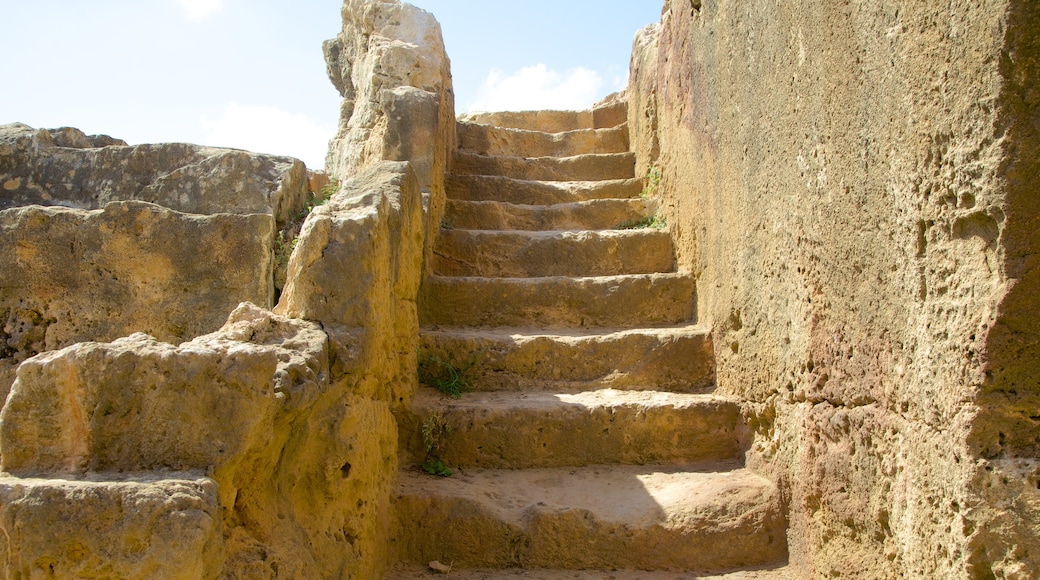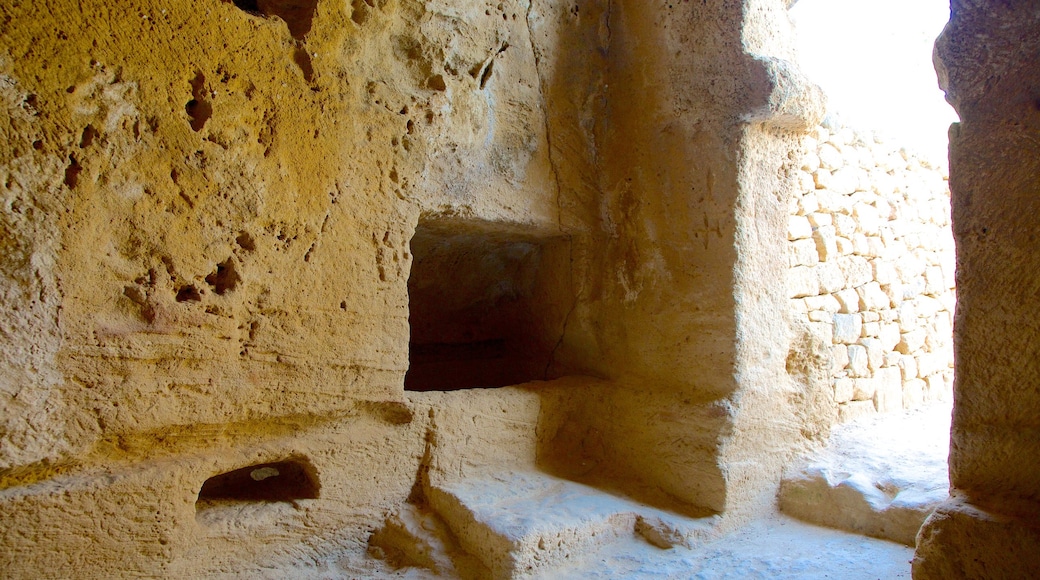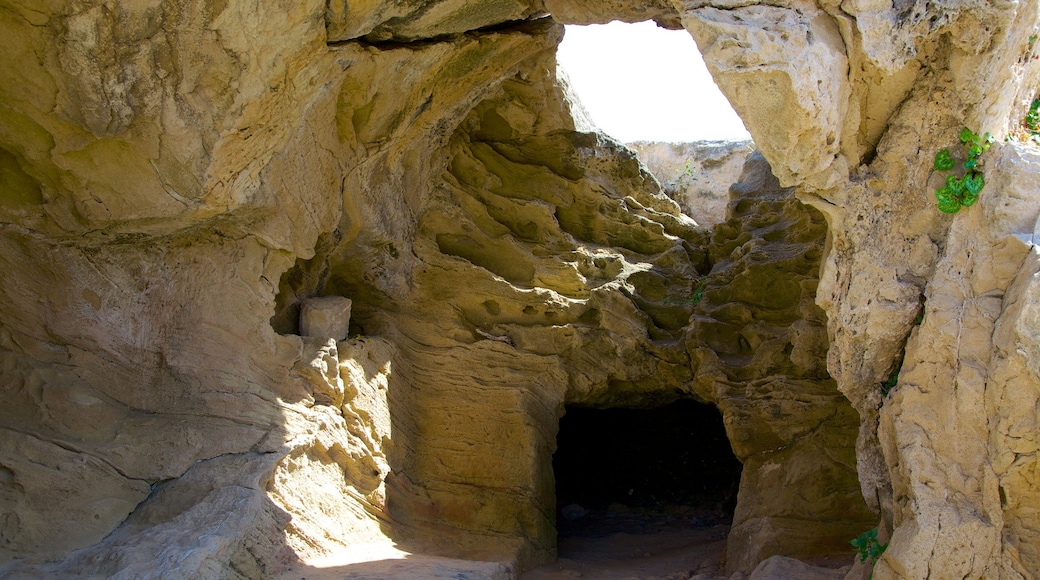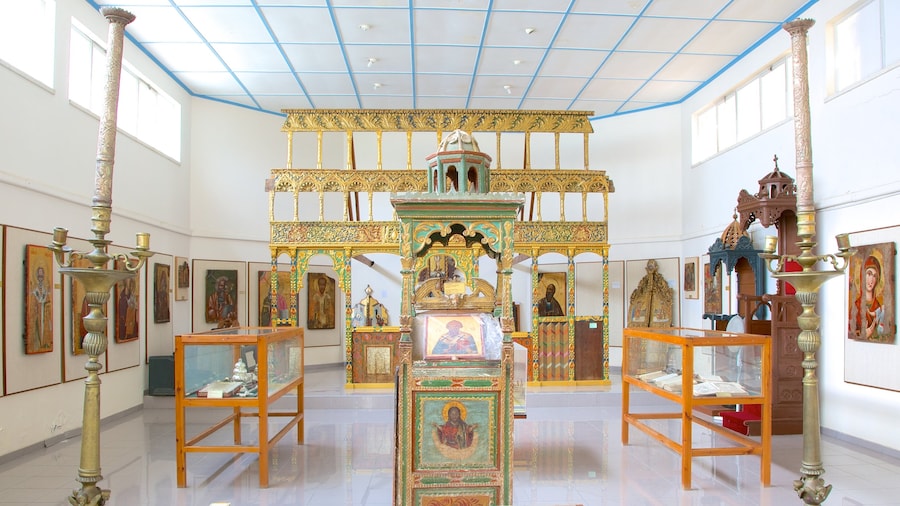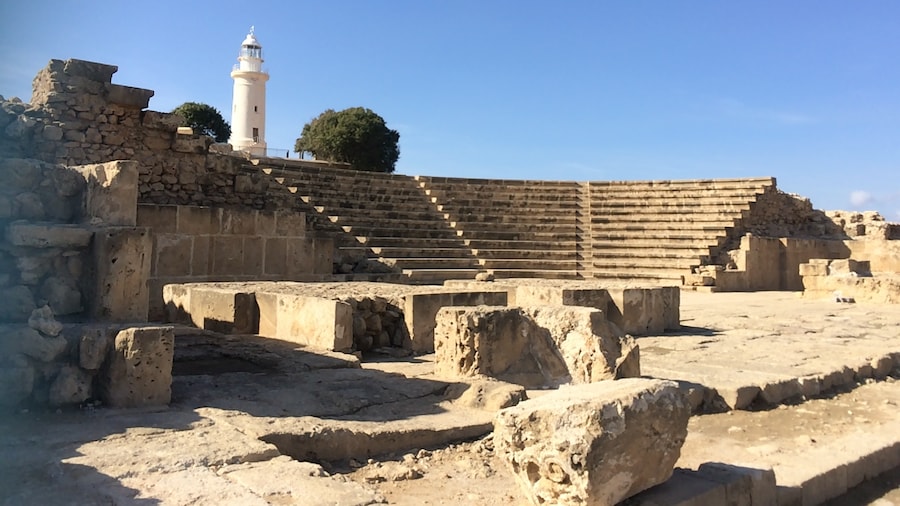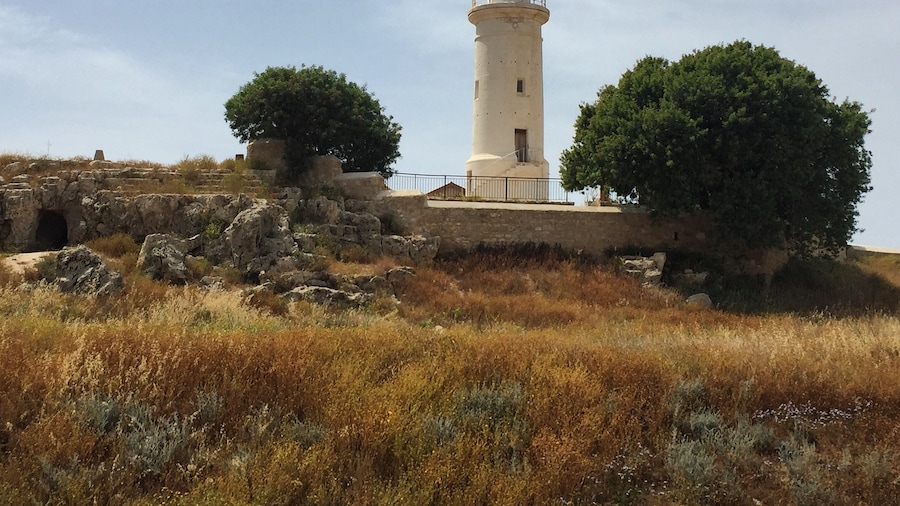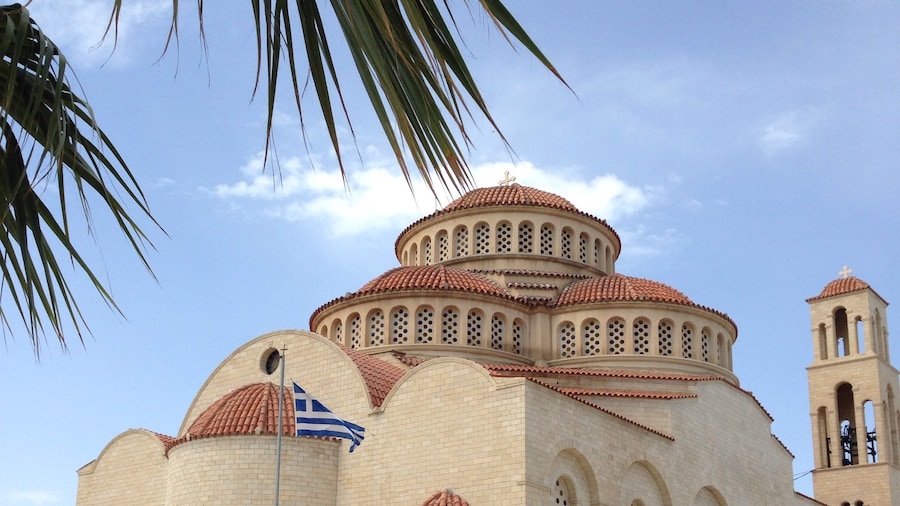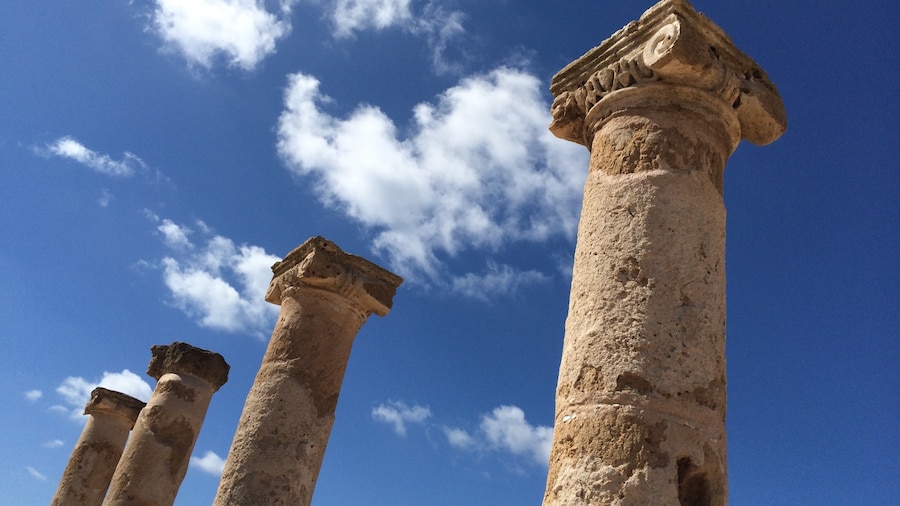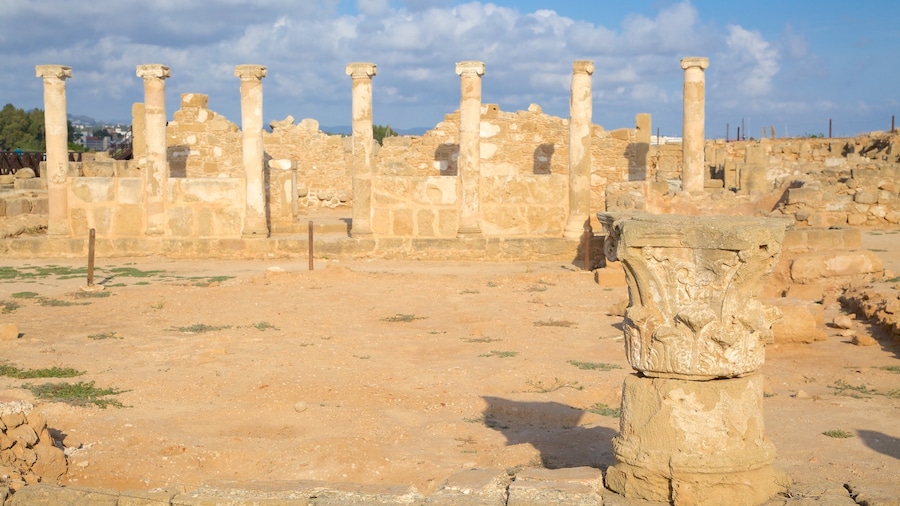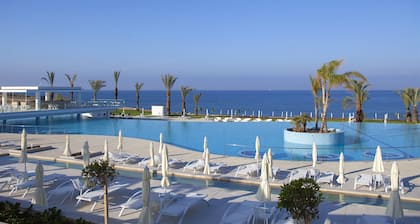Meander through the eerie maze of underground burial chambers in the Tomb of the Kings. Parts of the subterranean crypt were used by the Romans and the Ptolemaics before them. The site dates back as far as the fourth century B.C. Aristocrats and other important members of society were buried in the tomb, which takes its name from its regal appearance.
Explore the intricate network of tombs to appreciate the columns, arches, staircases and elegant designs that have been built into the rock. Meditate on the site’s intriguing past while listening to the soothing sound of the sea’s waves. Enjoy panoramic views of the city’s surrounding mountains and the Mediterranean Sea.
Walk down a set of steps into a subterranean hall full of individual rooms lined with tombs. Initially, bodies were laid to rest with lavish items, such as jewelry, but the graves were looted over the years.Walk through the dark, spooky tunnels below the earth and note how these graves for the dead look like houses for the living. This is thought to have derived from the traditions of the Ancient Egyptians. Explore the seven numbered tombs on the site. Pottery and other artworks were made in the spacious atrium now designated as “number 3.”
Learn about the catacombs’ fascinating past. After the rule of Ptolemaic and Roman dynasties, early Christians built a chapel into the crypt before certain tombs were converted to workplaces and homes in the Middle Ages. Archaeologists began excavations in 1977 and are still continuing.
Visitors can enter daily between morning and evening for a small admission cost. Make sure to bring enough water to last the afternoon in the heat.
The Tomb of the Kings is located next to the coast, 2 miles (3.2 kilometers) west of the center of Paphos. Take a bus to a stop on the road of the same name as the historic landmark. Lighthouse Beach, Paphos Archaeological Park and Paphos Harbour are just south of the site.

